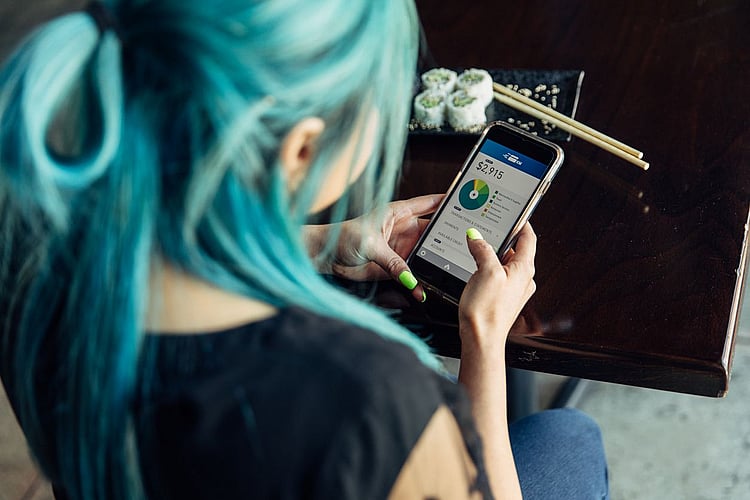With the RBA slashing Australia's cash rate, and big banks cutting savings rates, it's getting harder and harder to find savings accounts paying interest at a rate higher than inflation. In times like these, many Aussies are searching for alternative options to the big banks to help grow their wealth.
Some neobanks and other smaller banks are offering higher than average savings rates, however not all Australians are confident about depositing their money with these institutions. After all, in uncertain economic times, how could you be sure that your savings would be safe with a bank that doesn’t have decades of experience to call on?
Fortunately, there is a way to check if your money in a bank is guaranteed against the risk of financial collapse – check if the bank is an ADI.
What is an ADI?
In Australia, banks, building societies, credit unions and other financial institutions are sometimes referred to as Authorised Deposit-taking Institutions, or ADIs.
This refers to financial institutions that are licensed to accept and hold deposits of money from the general public, including savings accounts, term deposits, and home loan offset accounts.
Who decides which banks can be ADIs?
ADIs are licensed and authorised by the Australian Prudential Regulation Authority (APRA), which supervises Australia’s financial industry.
Why should I deposit money with an ADI?
Firstly, Australian banks (and international banks that want to operate in Australia) need to register as an ADI with APRA to legally accept deposits in Australia.
Secondly, money that you deposit with a licensed ADI is guaranteed by the Australian government under the Financial Claims Scheme (FCS). This means that if the bank was to go out of business, the government would be able to make sure you get your money back.
How much money does the Financial Claims Scheme cover?
The government’s FCS guarantee covers up to $250,000 per person. If you deposited more than $250,000 with an ADI, and that ADI collapsed, you’d only be able to claim back a maximum of $250,000 from the government. This includes if your money is spread across multiple accounts with the ADI.
Also, keep in mind that some ADIs operate under multiple trading names. If you have money deposited with multiple banks that all operate as part of the same ADI, only $250,000 in total will be guaranteed.
Even if part of the money you’ve deposited with an ADI isn’t guaranteed by the FCS, you may not necessarily lose it if the ADI was to go out of business. This would depend on how the liquidation process is managed. Learn more about FCS payments.
Does a financial institution need to be an ADI?
A business doesn’t have to be an ADI to offer certain financial services, such as lending money.
For example, some online-only mortgage lenders specialise in providing home loans with low interest rates, and some car dealerships offer car loans from vehicle finance specialists.
But if you want to deposit money into a term deposit or savings account, you’ll need to choose an ADI, as non-ADIs can’t legally accept deposits in Australia.
Restricted ADIs (RADIs)
If a company is first starting out in the finance industry (for example, a newly-established neobank), they may be able to apply to become a Restricted ADI for a two-year period. During this time, they can accept deposits of up to $250,000 per account holder, and hold a maximum total balance of $2 million across all accounts.
Once the two-year RADI period is up, the institution will need to apply for a full ADI license, or exit the industry.

